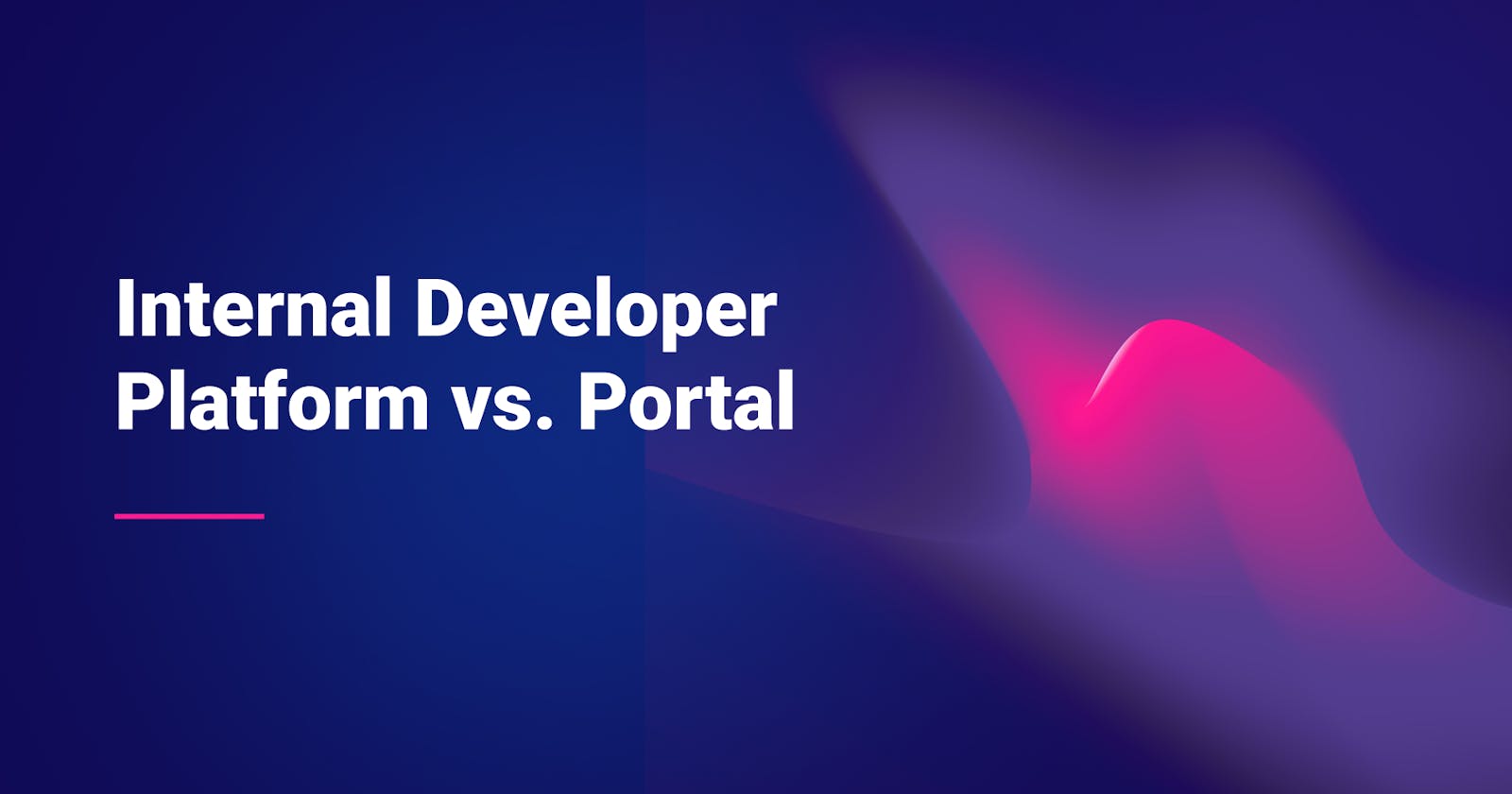Internal Developer Platform vs Internal Developer Portal: What's The Difference?
In the evolving landscape of software development, two terms frequently emerge: "Internal Developer Platform" (IDP) and "Internal Developer Portal". These terms are often used interchangeably, leading to confusion. In this article, we aim to differentiate the two and highlight their importance in modern software engineering.
What is an Internal Developer Platform (IDP)?
An IDP serves as the backbone of an engineering team, offering a toolkit for building, testing, and deploying applications. It aims to minimize complexities and accelerate the Software Development Life Cycle (SDLC).
Characteristics of an Internal Developer Platform:
Self-Service Capabilities: Provides reusable tools and automated infrastructure operations.
Developer Self-Service: Enables developers to independently access cloud environments and perform Day 2 operations.
Transparency: Offers visibility into the underlying infrastructure, like CPU usage, dependencies, or Kubernetes setups.
Flexibility: Adapts to changes, being loosely coupled from the underlying infrastructure.
Examples:
Qovery: An IDP that cuts noise for developers by offering paved paths to production, testing, ephemeral environments, and actionable insights to improve software.
Coherence: Specializes in unifying disparate systems into a single platform.
Appvia: Focuses on automating cloud-native technologies.
What is an Internal Developer Portal?
An Internal Developer Portal serves as the user interface or the 'front-end' of the IDP. It allows developers to interact with the toolkit that the IDP provides.
Characteristics of an Internal Developer Portal:
User Experience: Delivers a product-like experience for accessing resources.
Software Catalog: Functions as a metadata store, offering essential data to operational staff.
Workflow Automation: Enables operations to run workflows against the software catalog.
API-First Approach: Evolves into a platform API, interacting with various components of the IDP.
Examples:
Backstage: An open-source portal centralizing infrastructure tooling, services, and documentation.
Port: Offers a no-code approach to creating customized developer experiences.
Cortex: Provides data-driven insights to support better engineering decisions.
Relationship Between IDP and Developer Portal
The Internal Developer Portal serves as the "face" of the Internal Developer Platform. It allows developers to perform self-service operations and offers visibility into the infrastructure. The portal often evolves into a platform API, offering a unified interface for various interactions.
Why Both Are Essential
An Internal Developer Portal complements and enhances the Internal Developer Platform. While the Internal Developer Platform serves as the backend engine, the portal offers the user experience. Together, they optimize productivity, maintain quality standards, and streamline operations.
Conclusion
While an Internal Developer Platform like Qovery acts as the backbone, offering paved paths to production and actionable insights, the Internal Developer Portal serves as its front-end, facilitating interaction and visibility. Investing in both can significantly benefit organizations by maximizing developer productivity and operational efficiency.

